
ABOUT SCOTT FRANKLAND
Scott Frankland is Head of Content at Sengerio. His spirit of inquiry leads him to the world of transportation and mobility to connect with the industry’s leading experts and shine a light on the hot topics.

If you’re like me, every time you need something from the supermarket you always find yourself confronted with a multitude of the same product.
Choosing which product to go with can be a real dilemma for customers!
Come to think of it, have you ever asked yourself
Why did I buy this product in the end and not the other ones?
As well as the overall quality of the product, the deciding factor most likely also came down to the price.
The price tells a narrative, it tells the client what they are to expect. If the price is higher than the others, what makes it so great that it deserves to be chosen?
These are questions every passenger transportation company should be asking themselves, because their prices are essentially their business card for their clients.
Every time a transportation company sends a quote or confirms a booking, their price encapsulates almost every aspect of their business from the service quality they are promising to putting their reputation on the line.
However, pricing is much more than simply adding up internal and external costs to hit your profit margin. The passenger transportation market is a complex area that’s not short of competition.
Therefore, it’s going to take a lot more than basic math skills to formulate a pricing strategy that is going to make your transportation company come out on top.
But not to worry, here are 5 important steps that charter bus companies should take to optimize their pricing strategy and generate the rates for their services.
Rather surprisingly, only one in ten business-to-business (B2B) companies have a formal strategy in place. Even plenty of business-to-customer (B2C) companies admit generating prices from mere estimates.
The problem with this is that a company cannot knowingly understand what is at stake and miss out on all the potential opportunities. While increasing sales volume through numerous marketing strategies do have their benefits, there is just as much profit awaiting from the optimization of their prices.
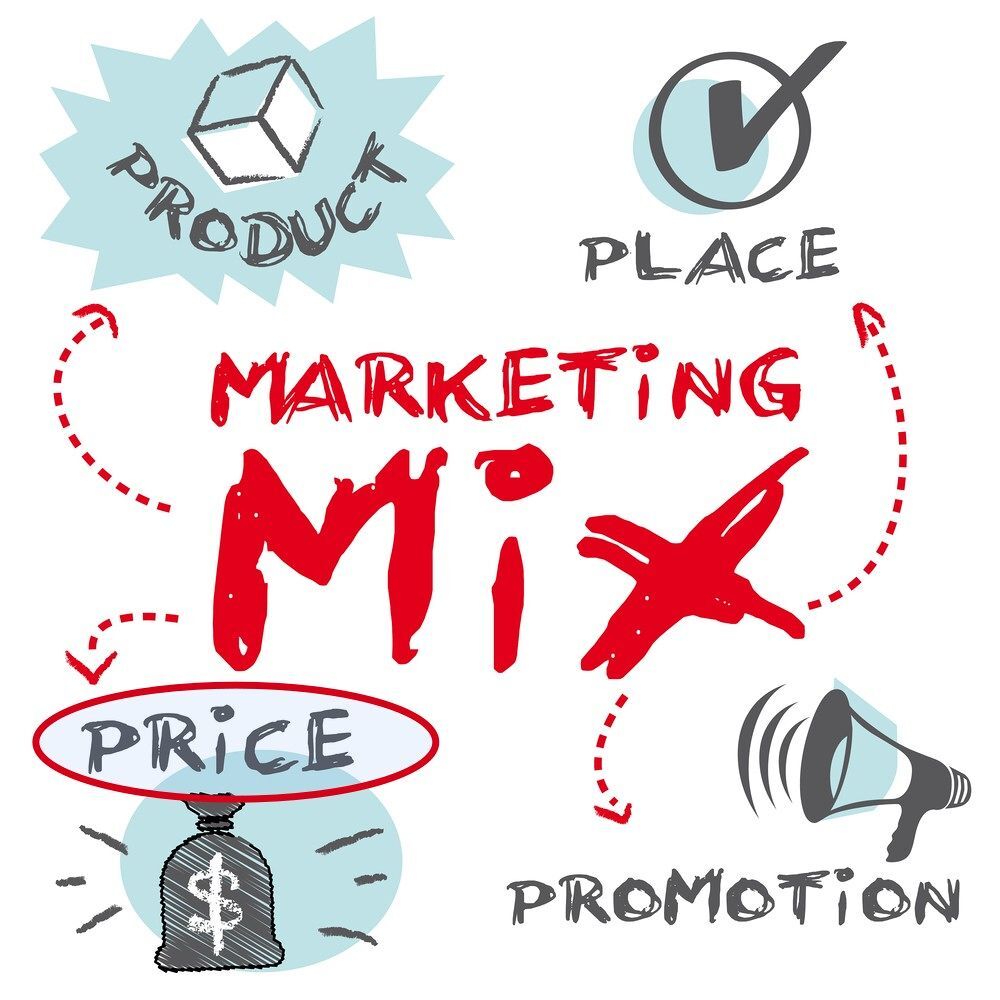
As arguably the most important element of the marketing mix, pricing is a decisive aspect of any service whatever the industry.
For many clients, the price is the decisive moment in which they affirm whether to choose a product or look elsewhere.
Once the client has studied the price, they usually want to learn more about the quality of the service. This is why a company’s pricing strategy can have significant consequences for their business.
This is especially true when it comes to the passenger transportation industry, whose roots are firmly planted within the dynamics of a complex marketplace.
Why is the price so important?
As with any tool that is used in the incorrect way, there is the risk of negative consequences. It is important that a company completes sufficient market research and evaluates all the necessary factors before implementing their prices.
For a wrong decision could drastically affect the company’s intended objectives.
However, if we compare pricing with the other components of the marketing mix (product, place, and promotion), it’s clear that pricing offers much more adaptability. For instance, a company may choose to modify a price with immediate effect whereas altering a marketing campaign or service design require more time and labour.

Pricing is also a vital component of sales promotion. We often see cases where a small reduction in price leads to a higher sales volume.
Not only that, a famous study by McKinsey and Company showed that for over 2,000 companies, a 1% increase in price generated an 11% operating profit increase.
Therefore, when applied in the right manner, companies can render pricing a very powerful tool for their business.
Here are some additional but as important elements the price of a service has:
The first important step a transportation company needs to take in order to optimize their pricing strategy is to have an exhaustive understanding of their transport costs.
Transport costs are the internal costs assumed by passenger transportation companies that provide transport services.
By having a clear understanding of how much a company must invest to provide a transport service, every factor must be taken into account to calculate the break-even point and gross profit.

Therefore, it is essential that a transport company has access to all the empirical data of their expenditure of previous services. For example, the total amount of miles completed by a specific vehicle, the number of hours worked by an operator, and so on.
Understandably, this can be a demanding task for transport companies. While a simple Excel spreadsheet usually provides the space for collecting such data, there is dedicated passenger transportation software out there to record all the cost information of every service.
Let’s take a closer look at these costs.
We can divide transport costs into two subcategories; Variable costs and Fixed costs.
A Variable cost is a company cost that is associated with the quantity of services it produces. Therefore, a variable cost either increases or decreases in accordance with production volume. For example, labor costs, fuel, tolls, and costs to cover general wear and tear (tires, brakes, filters, etc.)
Unlike a variable cost, a Fixed cost remains the same and does not vary with the volume of production. This means that even in the case where no services are produced a fixed cost is still applicable. For example, depreciation costs, infrastructure, insurance, and taxes.
To read more about the technicalities of fixed and variable costs, including how to calculate them, I would recommend having a read of this article.
The result from calculating transport costs forms the ‘baseline’ to the final price that the client will receive. Keep in mind that included there will be factors in the result that are not necessarily visible to the clients knowledge. Therefore, if a transport company has a higher ‘baseline’ the client’s expectations of the service quality would also be higher.
The second step then involves creating transport rates. That is, how much should a transport company charge per distance traveled or time out on the road.
Transport rates can be split into three categories:
1) Time-related rate: based on time-intervals, progressive, or a flat price.
2) Distance-related rate: based on point-point, zonal, intervals, or a flat price.
3) A combination of 1 and 2: based on both distance and time vectors.
Unfortunately there is no set-rate that requires a single calculation. Rates must frequently be modified to satisfy the continual fluctuations in fuel prices and other increasing transport costs in order to maximize margins and profitability.
There are plenty of solutions out there to help transportation companies calculate their rates, such as the profit calculator offered by Freight Metrics and Teleroute, that can help.
Let’s focus for a moment on some of the variable costs. More specifically, two of the principle variables that account for a profitable service; distance and duration.
Both of these variables impact the price of a service. However, this varies depending on the type of transportation service in question. That is, which macro type is involved.
The macro type defines the form of a transportation service. Typically, charter bus companies deal with two categories of macro type.
1) Transfer: direct transportation of passengers from a point A to point B without any intermediate services/stops to which the distance and duration are directly proportional (e.g. Airport shuttle).
2) Disposal/Tours: transport services where the shift between bookings alternates irregularly due to the number of stops and visiting times.

How does the macro type affect the price?
Every itinerary is unique and every charter bus company has their own priorities when it comes to their price.
The trend among companies is to compare the cost of a service in terms of distance and duration. The highest priced metric is then used as the base of the price. Following this, the necessary costs may be added such as the cost of the driver.
Here’s a glance at two of the most common pricing strategies:
For local trips, companies almost always base their prices on the duration (hours) of the service. This is because it would require much more driving with a local area to justify a price based on the miles driven. In the United States, a five-hour minimum is usually the standard for renting a motorcoach.
For much longer transportation services ranging from 6 hours to several days, the duration of the trip is compared with the distance and the largest of the two metrics forms the price.
More specifically, the price for trips that last more than a day are generally calculated on a daily price where there is a set mileage allowance (e.g. 300 miles per day). It is important to consider this factor as calculating the price based on the exact mileage does not consider the interim nights.
Applying a distance-based pricing strategy can consist of more than one approach. Firstly, the price can be calculated by the total amount of miles driven on a single driver’s shift which can either be paid as a flat rate (in the case of transfers)
For example, if a charter bus company has calculated a fixed price per mile as $1 and the total distance between point A and point B of the journey is 10 miles, we can say the transport rate for this journey is $10.
In addition, distance-based pricing may also be paid according to a specific geographical interval. For example a service that must operate within a range of either 0-9 miles or 10- 49 miles and so on.
After the hard work is done, it’s important not to blow it all away by forgetting about the most important aspect of any pricing strategy, the customer.
It’s all fine and dandy having calculated all your costs and estimated revenue. But remember that asking too much for a service could mean a client turns down the offer and asking for too less could brand your services as poor quality.
Before proceeding to hand quotations over to clients, understand how much they want to pay.
Client demographics play an important role in shaping the price of a service. There are cities (e.g Boston) that have few charter bus services available, mainly because the streets aren’t suitable for large motor coaches or any large vehicle for that matter. If supply is low, then it is possible to charge a premium for a service.
Just as importantly, have a peek at what competitors are charging. However, matching prices is a dangerous practice simply because companies can forget their costs that need covering, consequently sacrificing their profits.
To read more about adapting the marketing strategy for a charter bus company, I would advise checking out this article.
Staying on top of costs and pricing is a demanding task that isn’t short of complexities.
Particularly in the charter bus industry, where unique prices are calculated for each service request.
When a company has a high number of variables that need juggling to calculate a price, it can be both time consuming and liable to all sorts of errors when done manually or off the top of one’s head.
If there’s one element that’s missing from many pricing strategies, it’s the ability to keep everything under control.
That’s where software comes in. But what exactly should a charter bus company look for in a software when it comes to optimizing their pricing?
From the steps 1 to 4 we can establish that software should:
1) Provide a database where cost, expense, and price information of services can be stored.
2) Define how rates should be applied to their services according to their pricing strategy, taking into account the macro type in question.
3) Automate the application of rates to quotations and bookings, removing the need for operators to do this manually.
While there are plenty of generic software out there designed for optimizing a company’s pricing, Sengerio is leading the way for software specialized in the passenger transportation industry.
In addition to offering a centralized platform where transportation companies can create and manage their services, Sengerio also provides the opportunity to create and configure their rate tables directly within its system.
Having all of the rate tables configured on a unique platform means the general organization of the company improves a lot. This is because each time a new quotation or booking is created within the system, given that it falls within the variables of a rate table, the price is automatically calculated for that service.
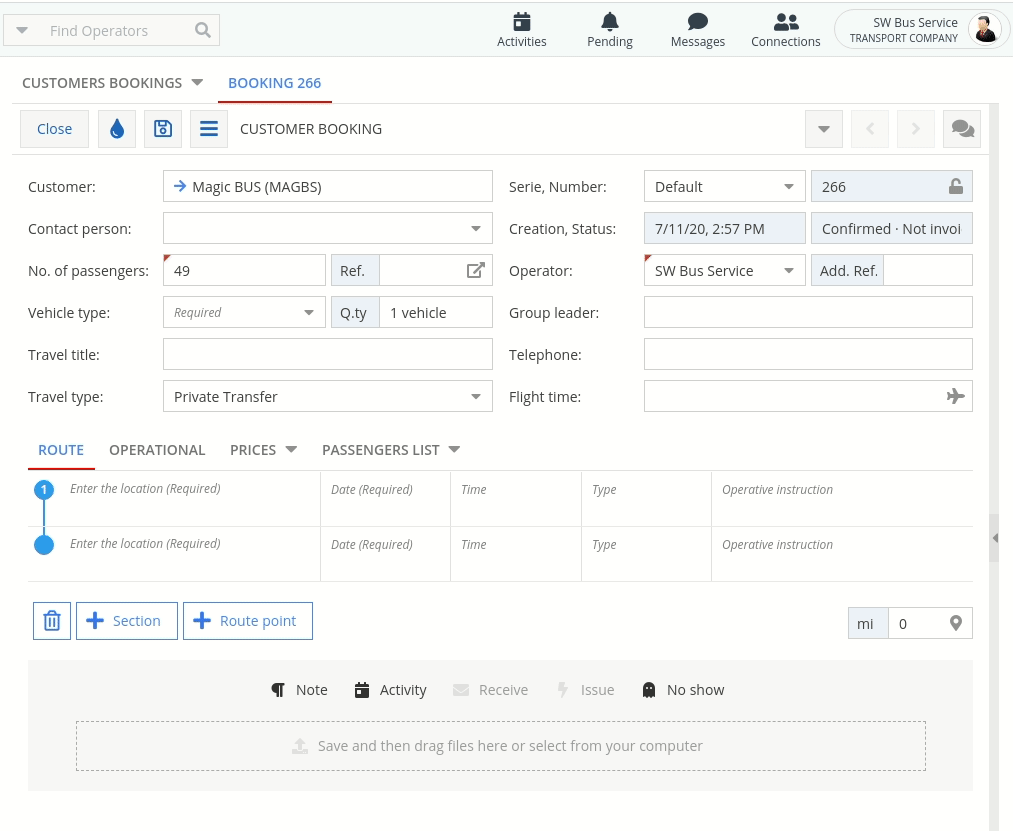
Consequently, as operational organization and automation increase, business efficiency and potential profitability increase in tandem.
Let’s take a closer look at how to create rate tables in Sengerio.
Operators can implement some basic information to begin shaping the rate table. A description, the applicability, vehicle typology and validity of the rate table can be defined so that Sengerio can automatically assign the rate table when necessary.
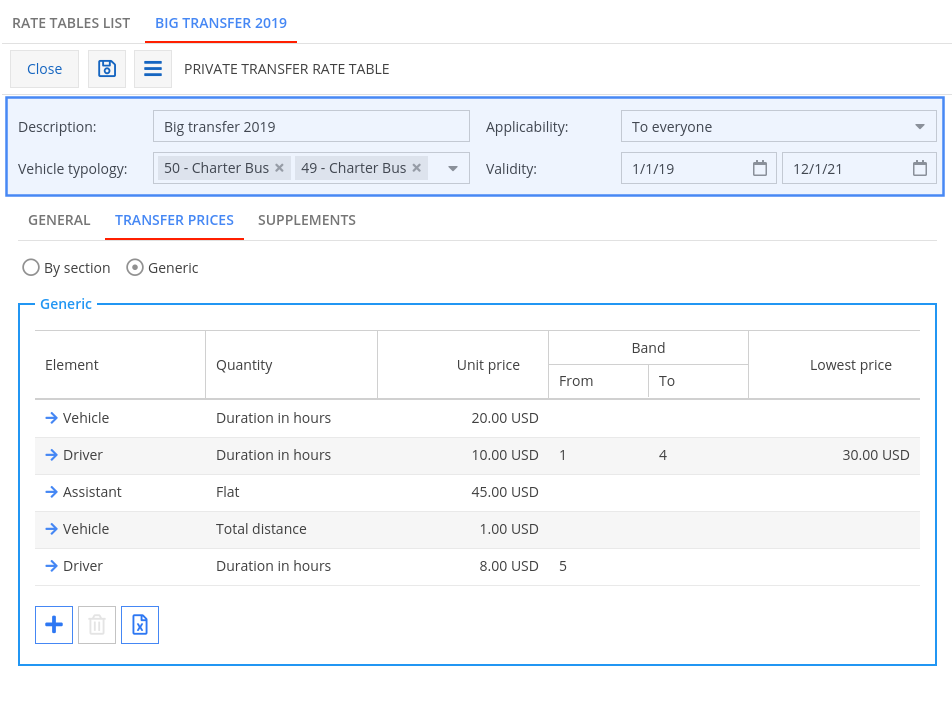
Sengerio’s rate tables are categorized according to the macro type of the service to which a certain rate applies. These include private transfers, private tours, and even shared transfers.
For private transfers, operators can determine whether to create a generic price that is based on the quantity (total distance or durance metrics of the service, or simply a flat price) of an element such as the vehicle, driver, and assistant. This comes in handy when a new service is added in Sengerio so the prices are automatically calculated if the information matches the rate tables criteria.
Moreover, it is possible to set a band to apply costs of an interval and even a lowest price. For example, from 0-100 miles the client pays $0.50 per mile then from 101-150 the client pays $0.40. Yet if the lowest price is set to $20, even if the client travels less than 40 miles they still pay the minimum price of $20.
Operators can also configure their rates according to a section. Both specific places and geographical areas can be configured on Sengerio by the user, so that when a service corresponds with the geographical variables of the rate table it is automatically applied, even if the service requires leaving from a specific location to a zonal area and from a zonal area to a specific location.
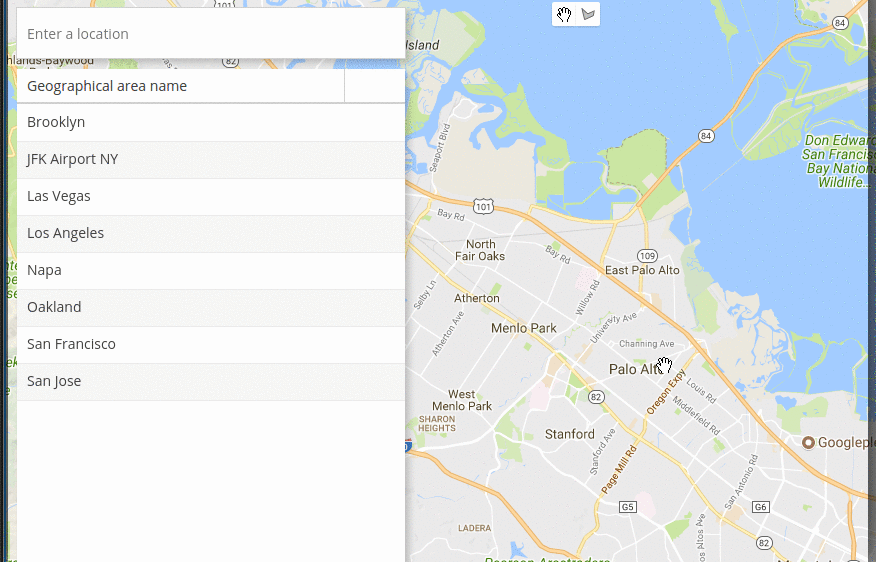
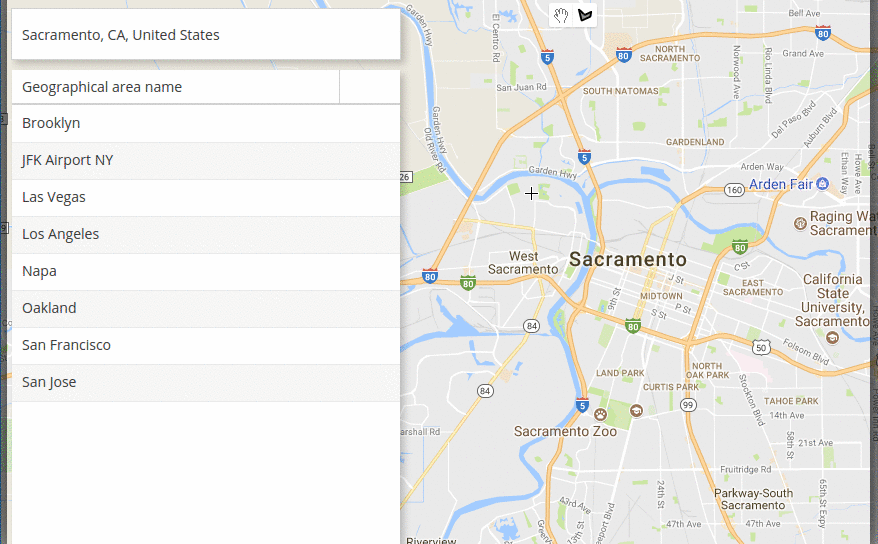
The same principles apply to private tours as the transfers. But with tours, the price is based on the total duration of the service:
Duration of less than 6 hours = Half day tour
Duration between 6 and 24 hours = Daily tour
Duration over 24 hours = Several days tour
As always, operators are free to choose the elements that compose the price and define each in as much detail as they wish, such as price per mile or the driver’s time.
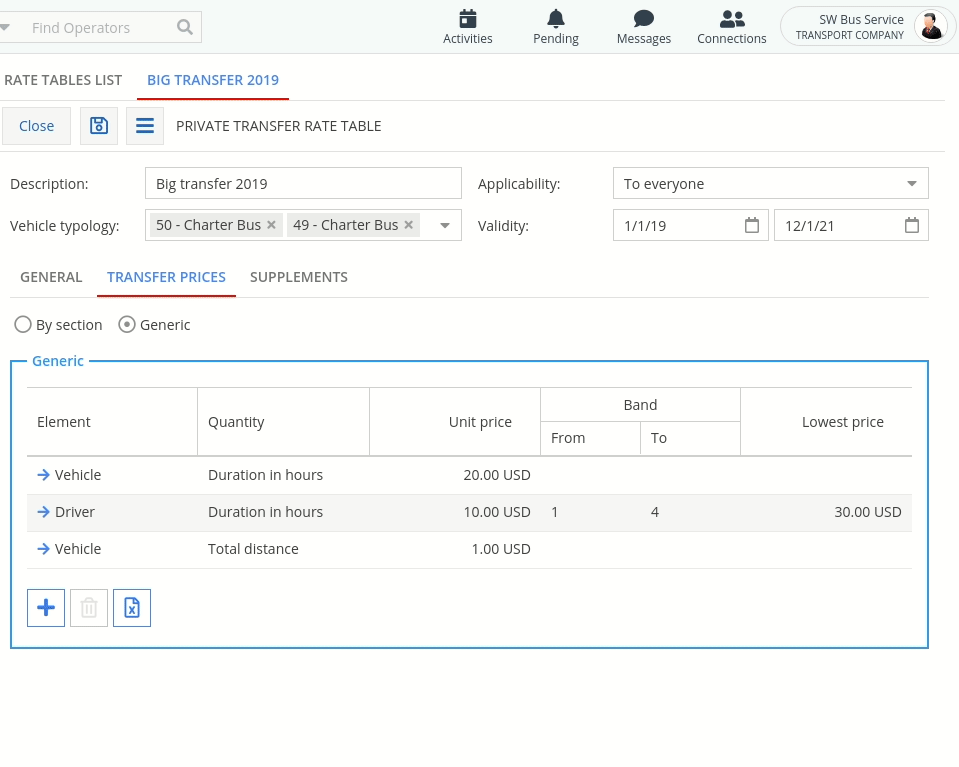
In cases where supplements are necessary, operators can specify how much to charge and when to apply pricing supplements within a certain range (i.e. night shifts), specific days (i.e. Thanksgiving), and seasonal prices.
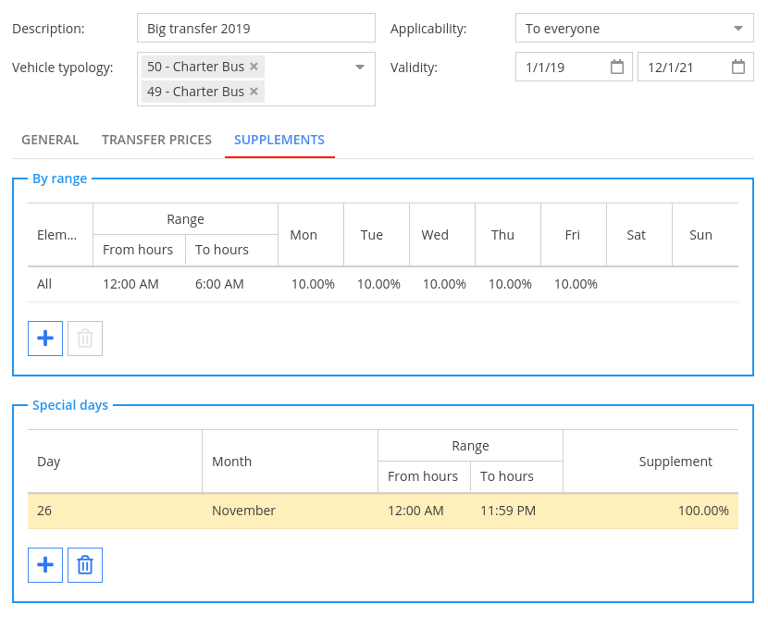
On top of that, operators can even specify which customers they want to give a discount too, or reserve the entire rate table exclusively for certain clients.
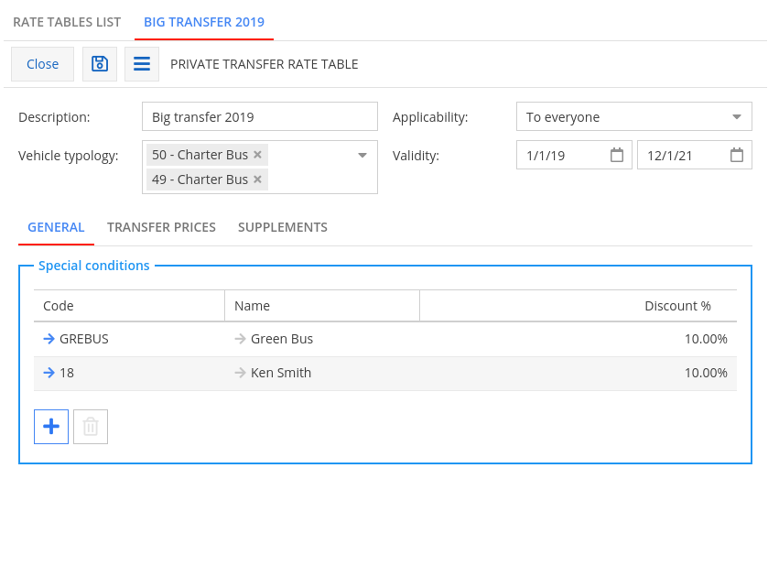
The art of finding the perfect balance between profitability and satisfying market demand is certainly a hard one to master. However, following the steps that this article has discussed is sure to bring a transportation company closer to how they envision the perfect pricing strategy.
A final piece of advice would be to constantly stay on your toes.
Stagnant prices will only leave transportation companies out in the dust while competitors adapt and overcome any challenges they encounter.
But when supported by a specialized system like Sengerio, you can be assured that any transportation company is equipped with all the tools necessary to keep you moving forward.

ABOUT SCOTT FRANKLAND
Scott Frankland is Head of Content at Sengerio. His spirit of inquiry leads him to the world of transportation and mobility to connect with the industry’s leading experts and shine a light on the hot topics.